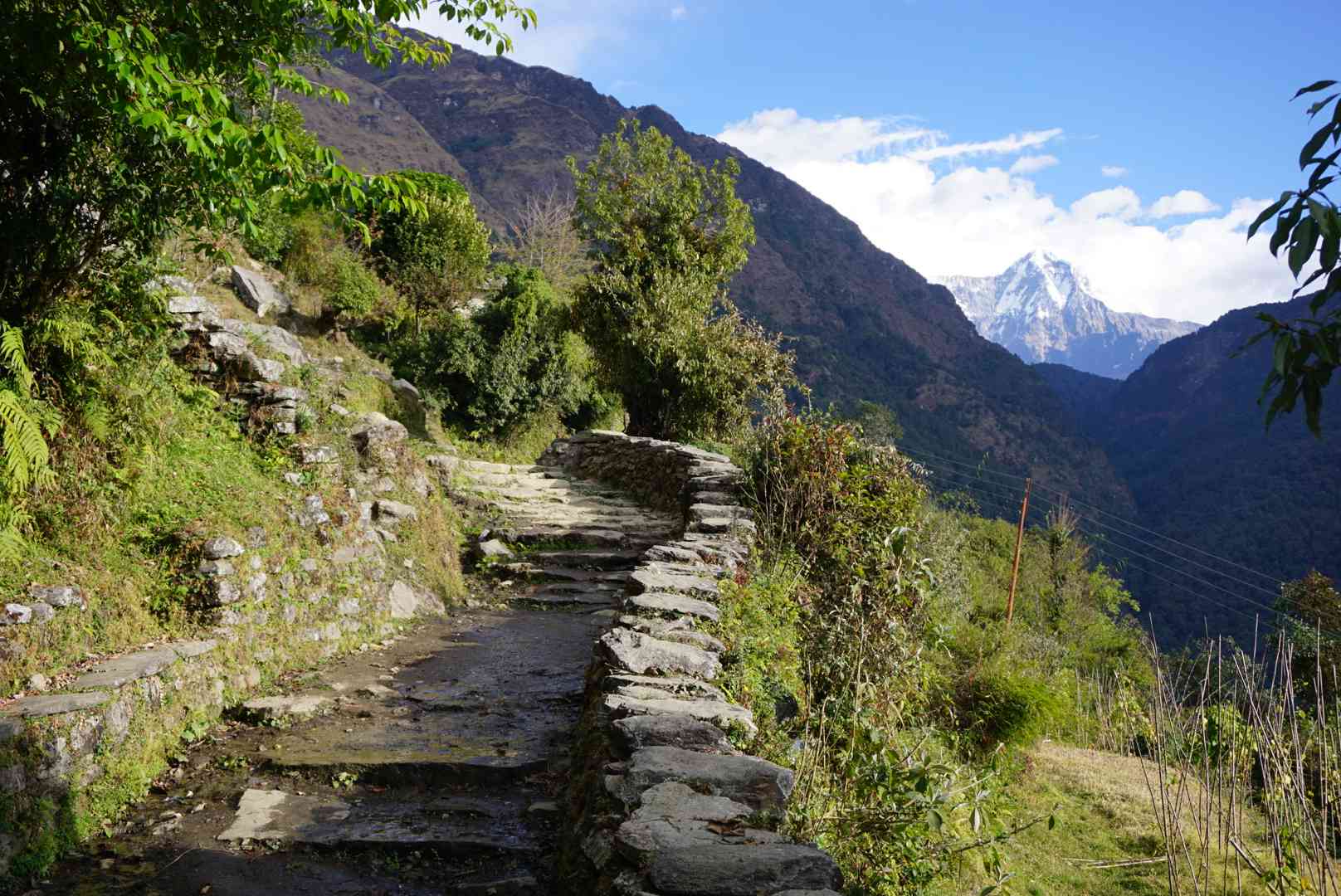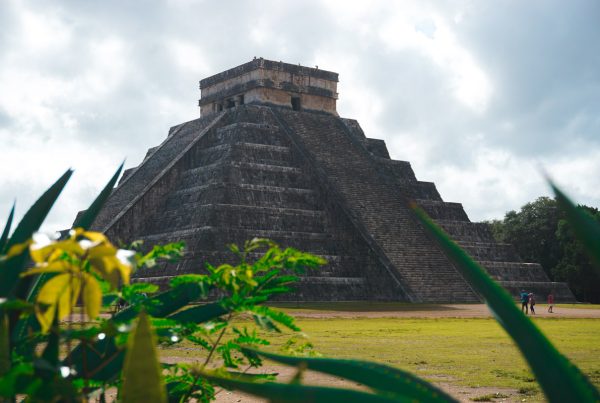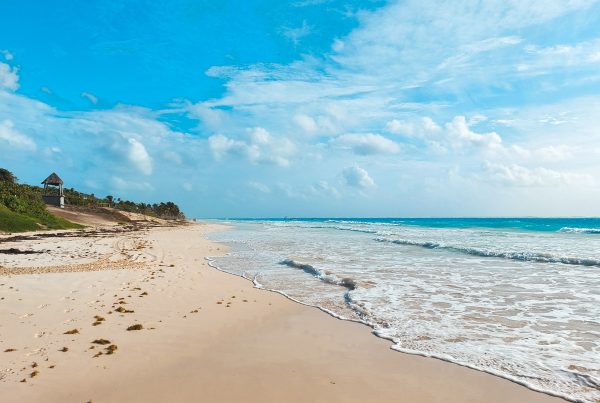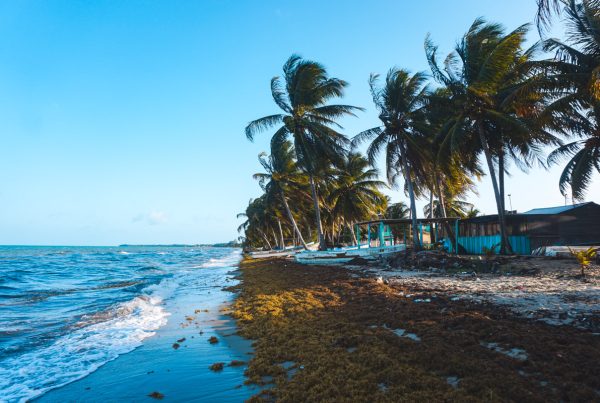Nepal is a Valhalla for hiking enthusiasts and seasoned trekking specialists. The country is home to 8 of the 14 mountains in the world with a height above 8000 meters, including the famous Mount Everest. At first I was unsure whether Nepal would be the thing for me. I do love hiking, but I’m not an experienced hiker. My hiking adventures consisted mainly of average difficulty, like climbing the famous Bromo volcano on Java, but also the challenging Inierie volcano on Flores. Fortunately, Nepal has not only back-breaking hikes like the Mount Everest Basecamp, but also average treks like the Poon Hill Trekking. This four-day trek was right up my alley and in this article I tell you everything you need to know about this trek in the Annapurna Sanctuary.
The Poon Hill Trekking is a relatively easy and very popular route in the Annapurna Sanctuary. The trekking takes about 3 to 5 days and how much you walk per day can be completely dependent on your wishes because there are plenty of guesthouses on the way during the route.
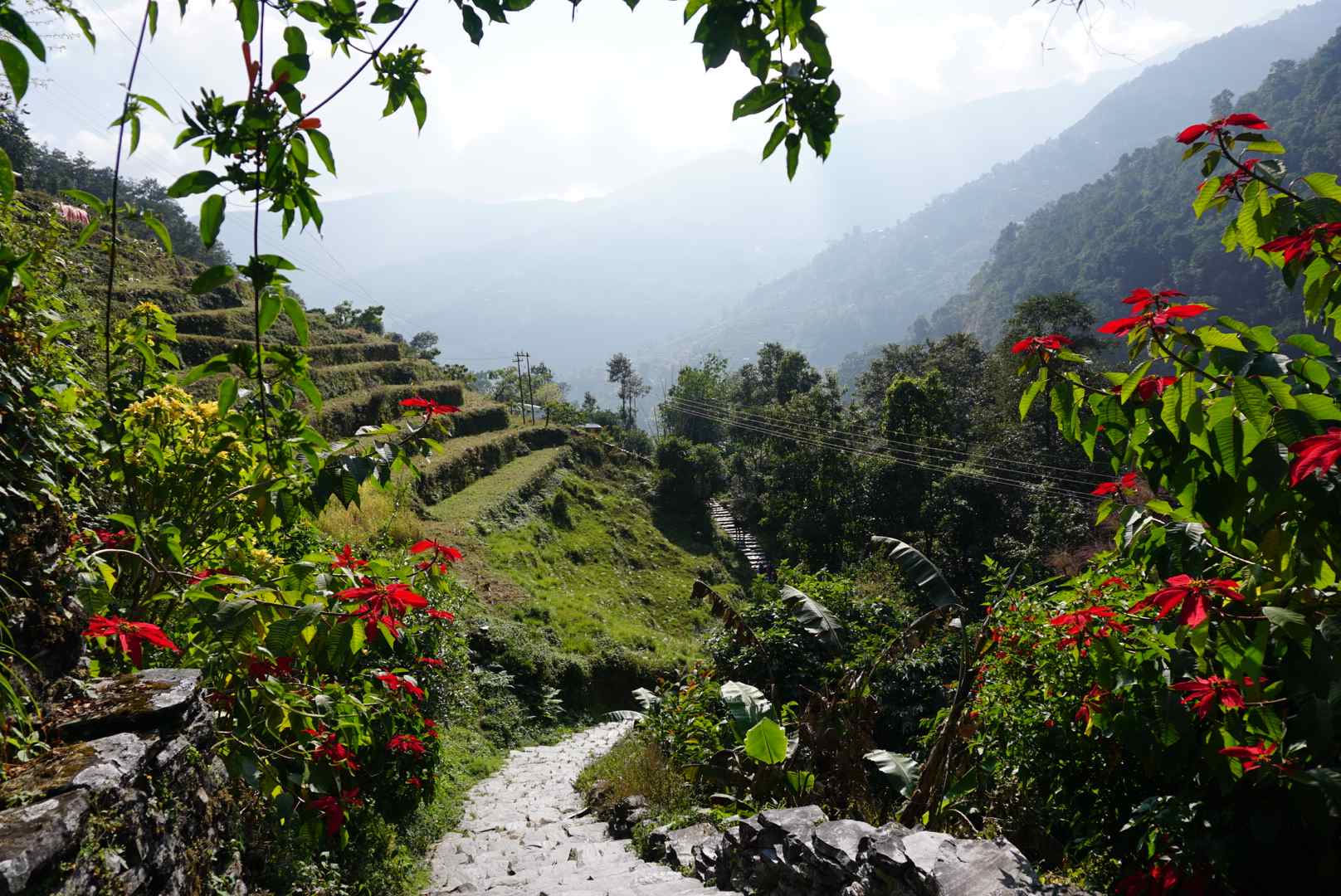
Starting point Poon Hill Trekking
If you plan to do a trekking in the Annapurna Sanctuary, you’ll first stay in Pokhara. The starting point of the Poon Hill trekking is in the village of Nayapul. From Pokhara, you can easily take a local bus from the Baglung bus station to Nayapul. A taxi from Lakeside to the bus station shouldn’t cost more than 300 rs. The bus from Pokhara to Nayapul takes about 2 to 2.5 hours and runs on an incredibly bumpy road. A ticket costs 200 – 250 rs depending on whether you want to be dropped off at the checkpoint.
Poon Hill trekking route
Below is the Poon Hill Trekking Route including intermediate villages. You can spend the night in all these villages.
Nayapul – Birethanti – Hile – Ulleri – Nangethanti – Ghorepani – Poon Hill – Ghorepani – Tadapani – Ghandruk – Nayapul (optional)
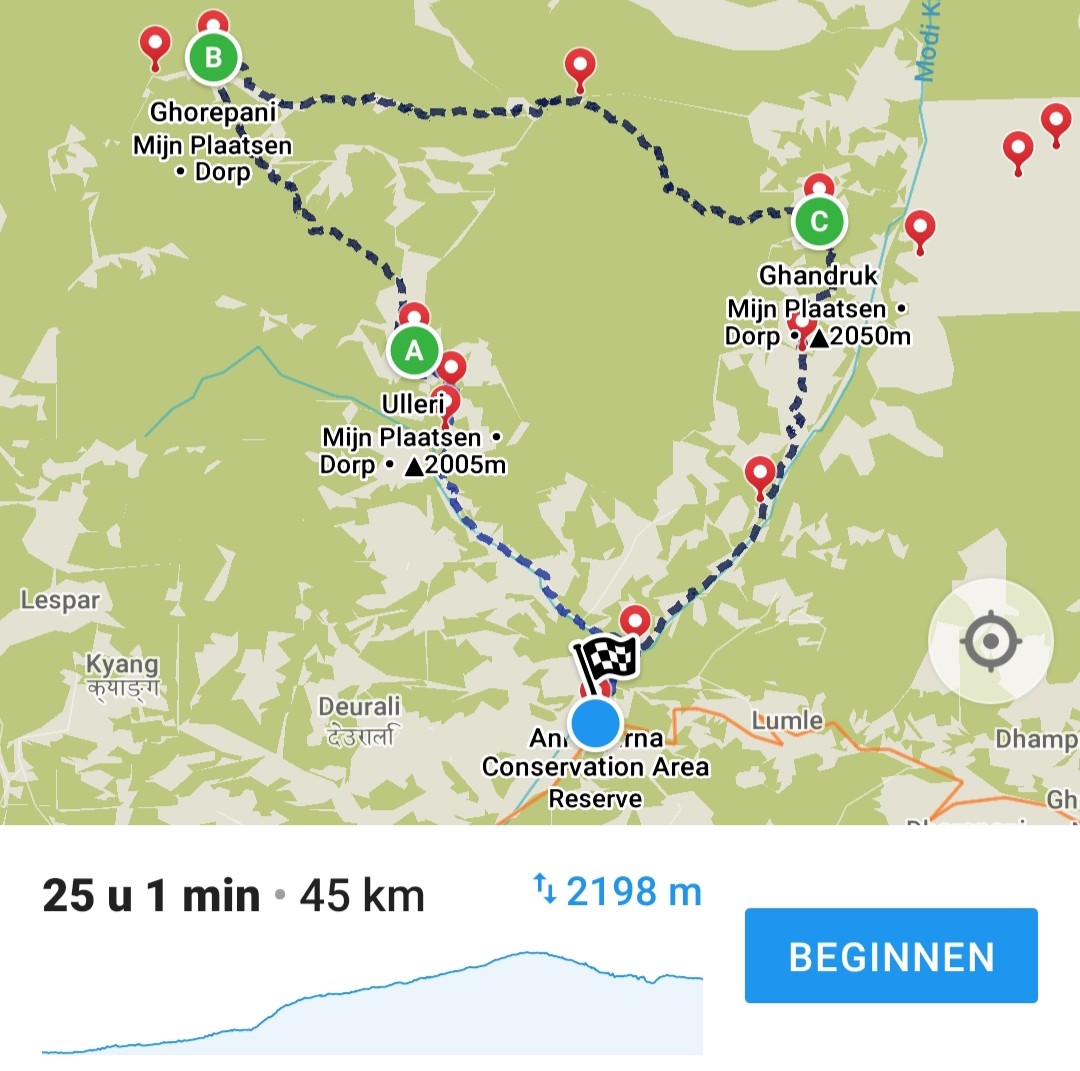
Poon Hill Trekking route in 4 days
Nayapul – Ulleri (12 km)
Ulleri – Ghorepani (8 km)
Ghorepani – Poon Hill (2,8 km) – Ghandruk (14,8 km)
Ghandruk – Nayapul (12 km)
Day 1 (Nayapul – Ulleri)
Distance: 12 km
Duration: 5.5 hours incl. breaks
On the first day you start with a lot of altitude-climbing and you make about 1000 altimeters. Nayapul is located at an altitude of 1013 meters and Ulleri at an altitude of 2005 meters.
The bus to Nayapul left Pokhara at 7:30 AM. Around 10:00 I arrived in Nayapul. It’s about half an hour walk to the first checkpoint where the TIMS is checked. After a further 5 minutes walk to Birethanti, the Permit is also checked and the trekking really started.
The first kilometers are on a dusty road that runs along a beautiful valley and a river. Jeeps do drive by regularly, so a mask or scarf can be nice.
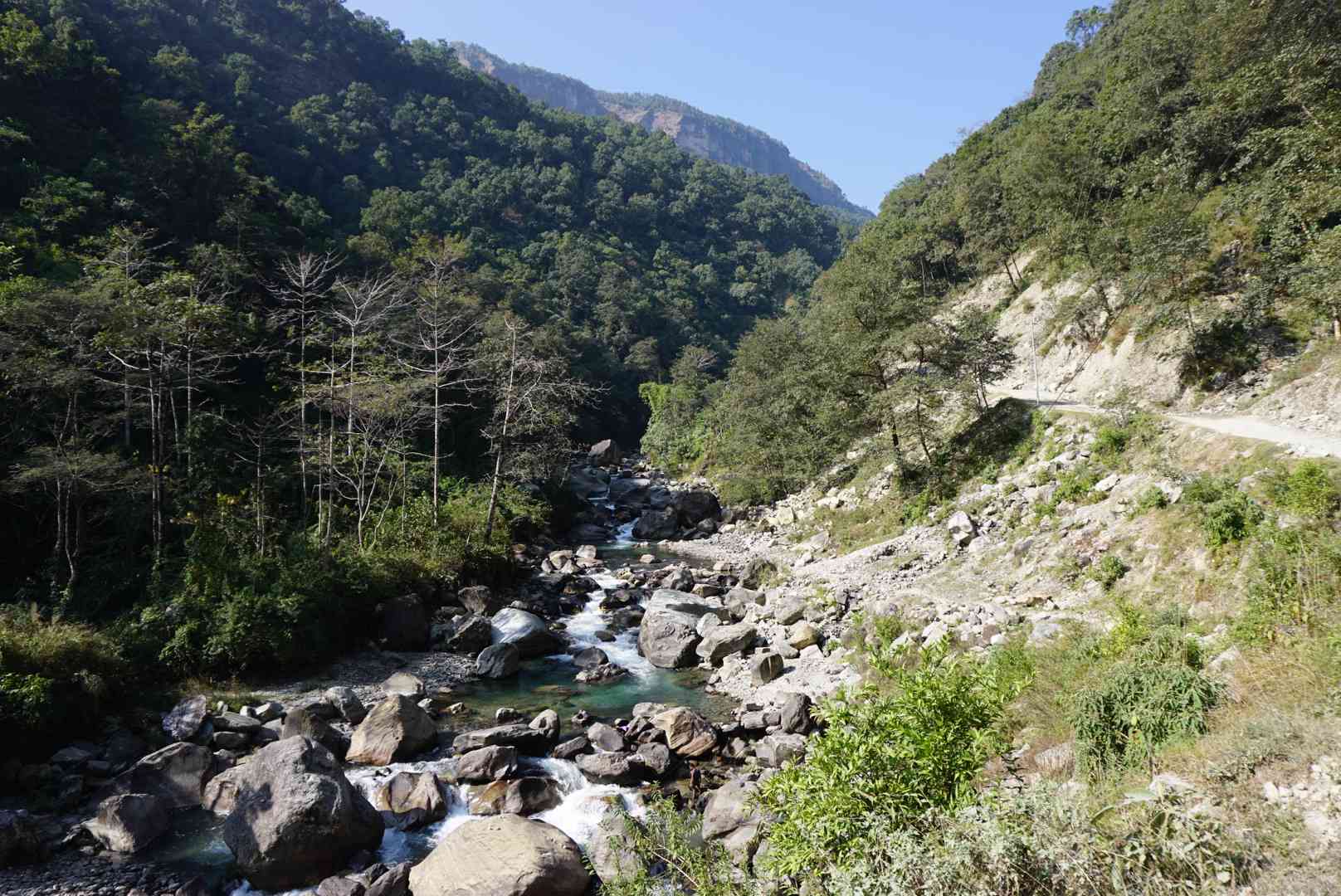
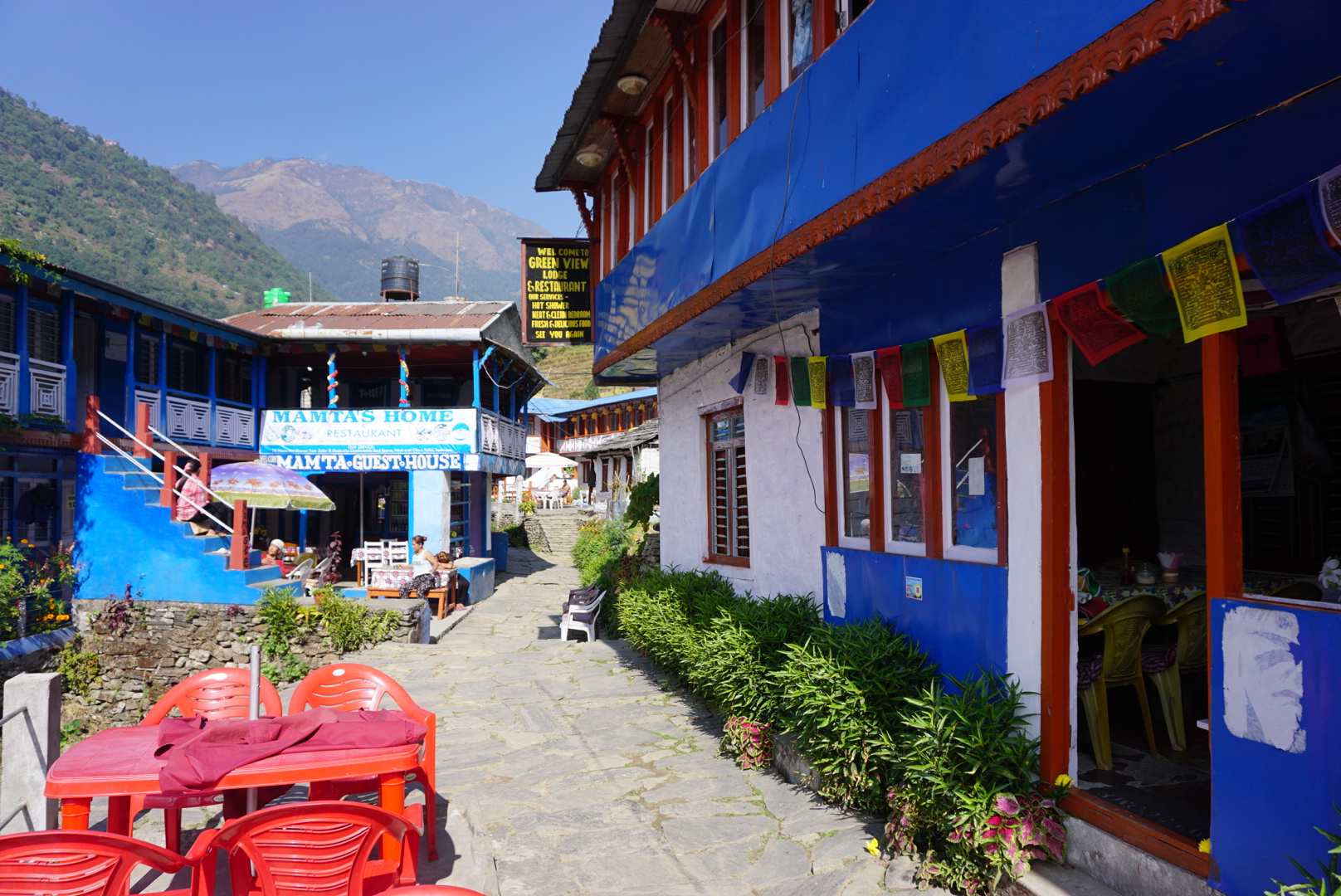
After a while the route goes off the main road and I found it a bit more fun. The path passes houses, restaurants and guesthouses with plenty of food, drink and rest options. At 12:30 PM I took a lunch break in Hile at one of the restaurants. From Hile the real ascent starts, but the views are also superb! At 15:30 pm I arrived tired but satisfied in Ulleri.
Guesthouse tips: Super View Guesthouse (free basic room, dinner and breakfast there) and Holiday Guesthouse.
Day 2 (Ulleri – Ghorepani)
Distance: 8 km.
Duration: 5+ hours incl. breaks.
The next day I left at 8:15 am from the guesthouse. The route started with many stairs, but after a while the path luckily flattened again and passed through the forest past many small waterfalls. About 2.5 hours later I arrived in Nangethanti (2490m) where I stopped for a lunch break. From Nangethanti the route goes through the forest again and it’s quite a bit of climbing again. You can also spot some animals with luck while hiking. For example, during a short breathing pause, I saw several colorful birds among the trees with a long tail.
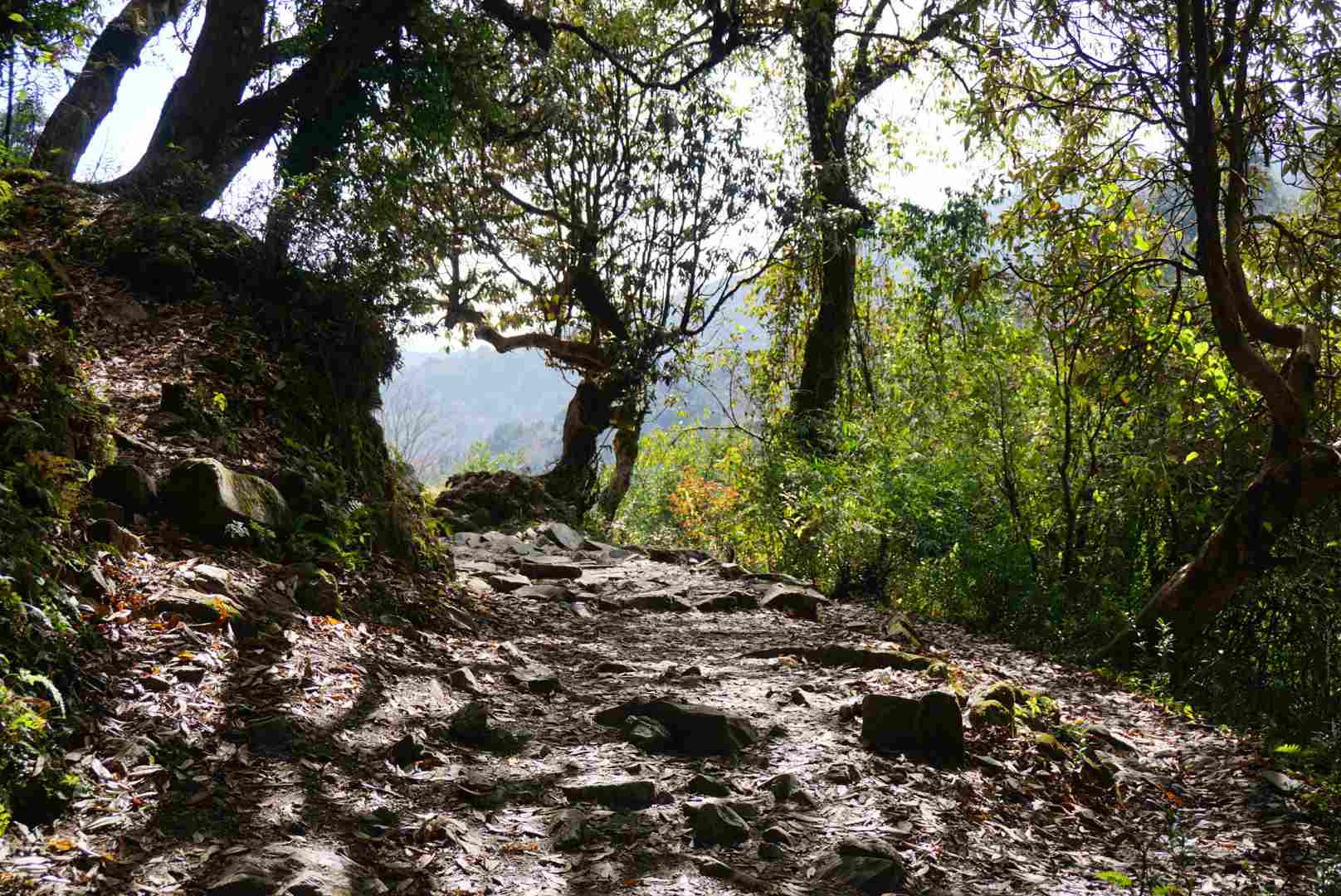
Around 13:00 PM I arrived in Ghorepani where my TIMS and Permit were checked. You can stay in Lower Ghorepani where the checkpoint is also located or in Higher Ghorepani. I stayed in Higher Ghorepani and that also saves a bit by climbing the Poon Hill the next morning.
Guesthouse tips: Hungry Eye Guesthouse (I paid 300 rs for a room with private bathroom and hot water if I had dinner and breakfast there) and Snow View Guesthouse.
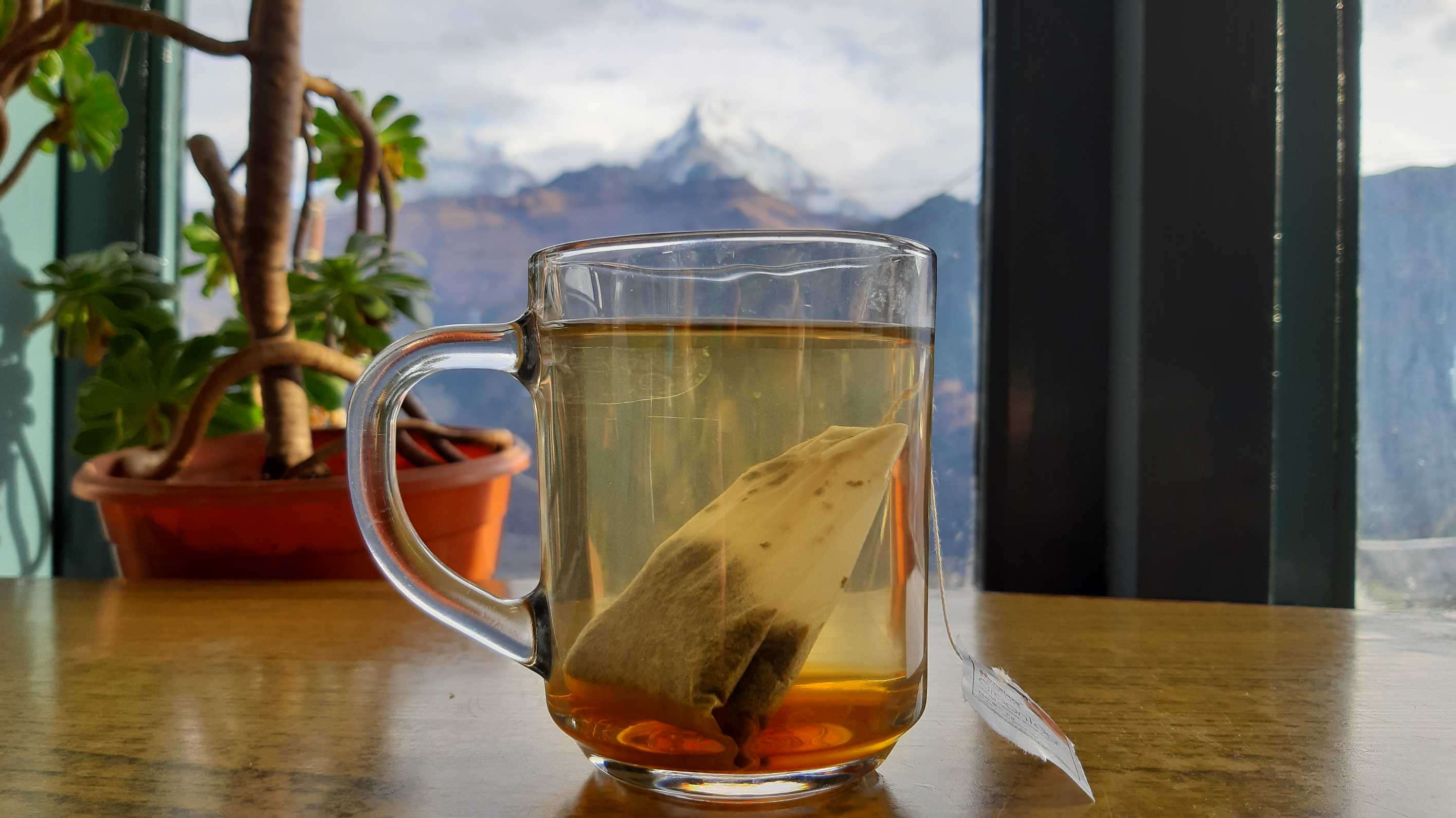
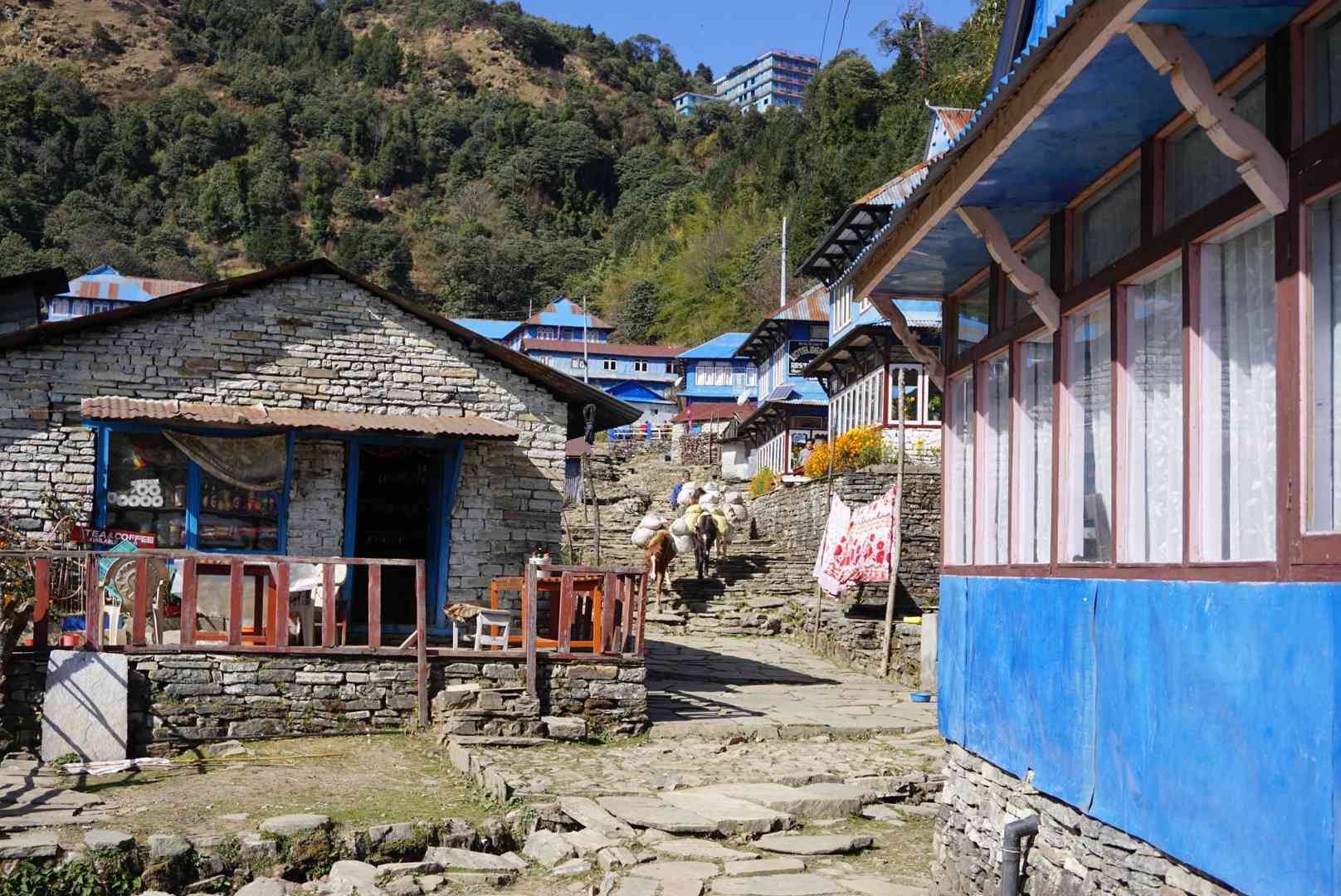
Day 3 (Ghorepani – Poon Hill – Ghorepani – Ghandruk)
Distance: 2x 1.4 km Poon Hill. 15 km Ghorepani – Ghandruk.
Duration: 2 hours return Poon Hill. 8 hours Ghorepani – Ghandruk incl. breaks.
Poon Hill
The Poon Hill with a height of 3210 meters is of course the highlight of the trekking that you must have seen. Most people climb Poon Hill in the morning before sunrise. However, you can also choose to climb the hill at sunset. Then it’s a lot more quiet. If you are very fanatic, you can do both.
I only climbed Poon Hill with the sunrise and started walking at 5:30 am. The number of stairs was a bit disappointing and it was a lot more tough than expected. There never seemed to be an end! The fact that I was already at 3000 meters altitude I clearly felt my stamina. 50 minutes later I finally arrived and I could enjoy a fantastic view.
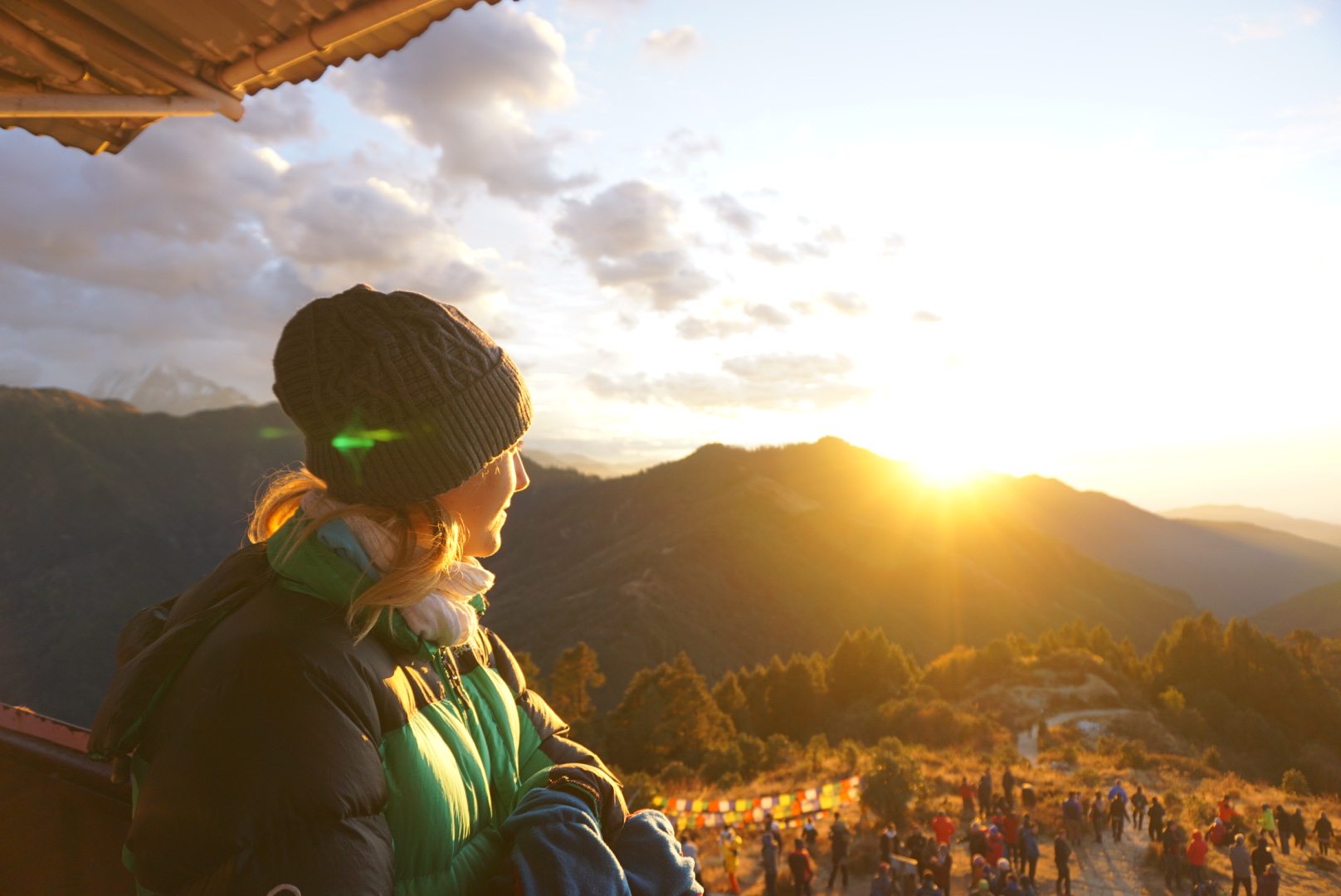
On top of the hill you can score hot drinks. Make sure you are not allowed to bring a thermos bottle. For this you will be fined 2000 rs. Why? Because the tea shop pays a lot of money to the government and otherwise makes too little profit to survive.
After enjoying the view for 45 minutes, I walked back to the guesthouse in 30 minutes where I had breakfast.
On to Ghandruk
At 8:45 I started the hike with Ghandruk as final goal, which is a total of about 15 km walk. Almost the entire route from Ghorepani to Ghandruk runs through the forest, past streams, waterfalls and valleys. The first part of 3.6 km to Deurali is mainly climbing. It took me about 2 hours to do this. Halfway this route is the Deurali Pass where you can enjoy a fantastic 360 ° view. Fortunately, it becomes a bit easier from Deurali because the path mainly descends.
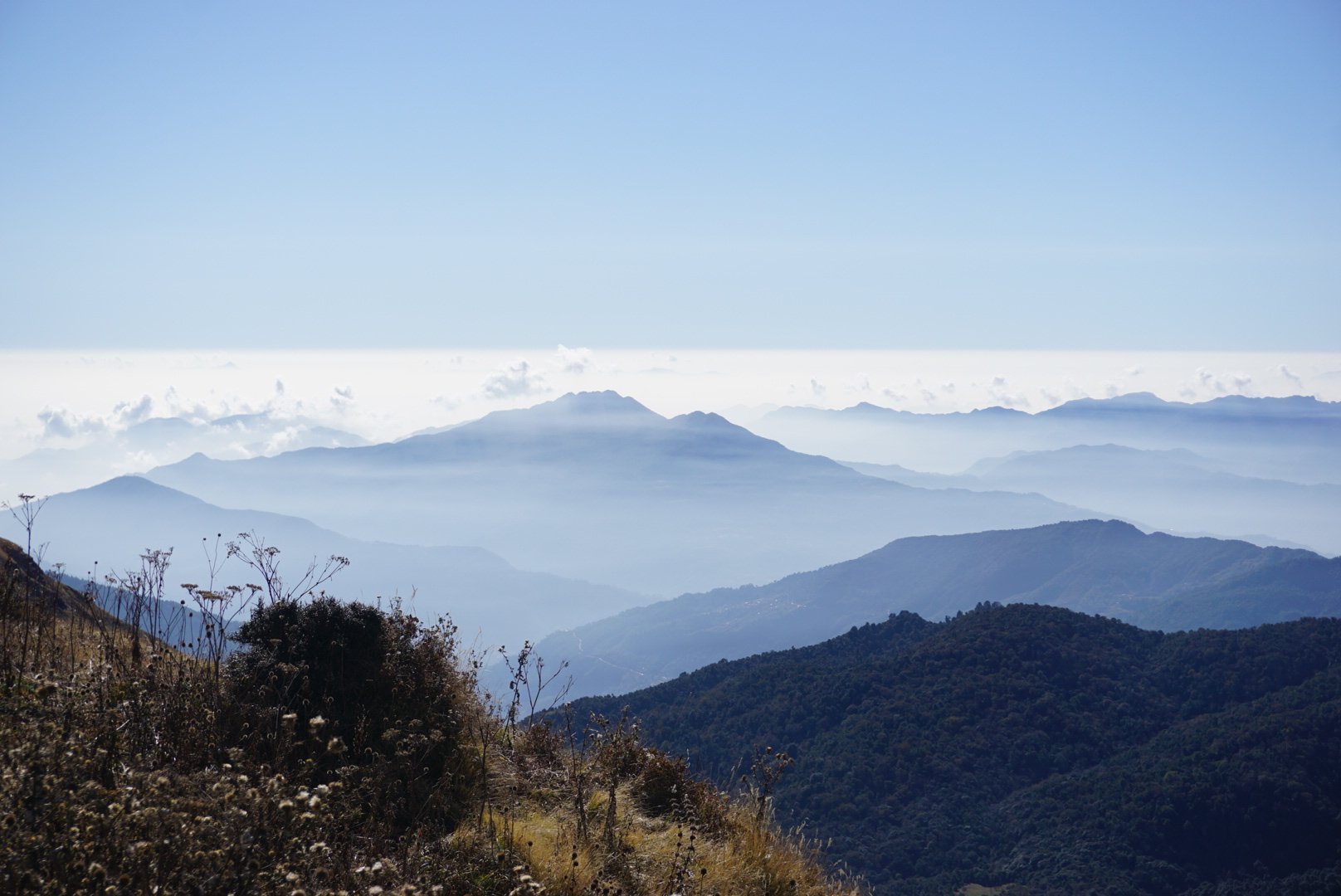
From Ghorepani to Tadapani it’s about 8.5 km walk and it took me just under 5.5 hours. In Tadapani there are plenty of accommodation options, but it is also possible to continue to Ghandruk if you have energy left. And that is exactly what I did. From Tadapani it is another 6.3 km walk to Ghandruk, but fortunately the entire route goes downhill and climbing is hardly necessary anymore. It took me about 2 hours to do this. My calves and knees weren’t very happy with this decision, but I felt very proud when I arrived at 4:45 PM!
During this hike I also spotted a group of monkeys. Luckily no aggressive macaques, but calm Langur monkeys snacking in the trees.
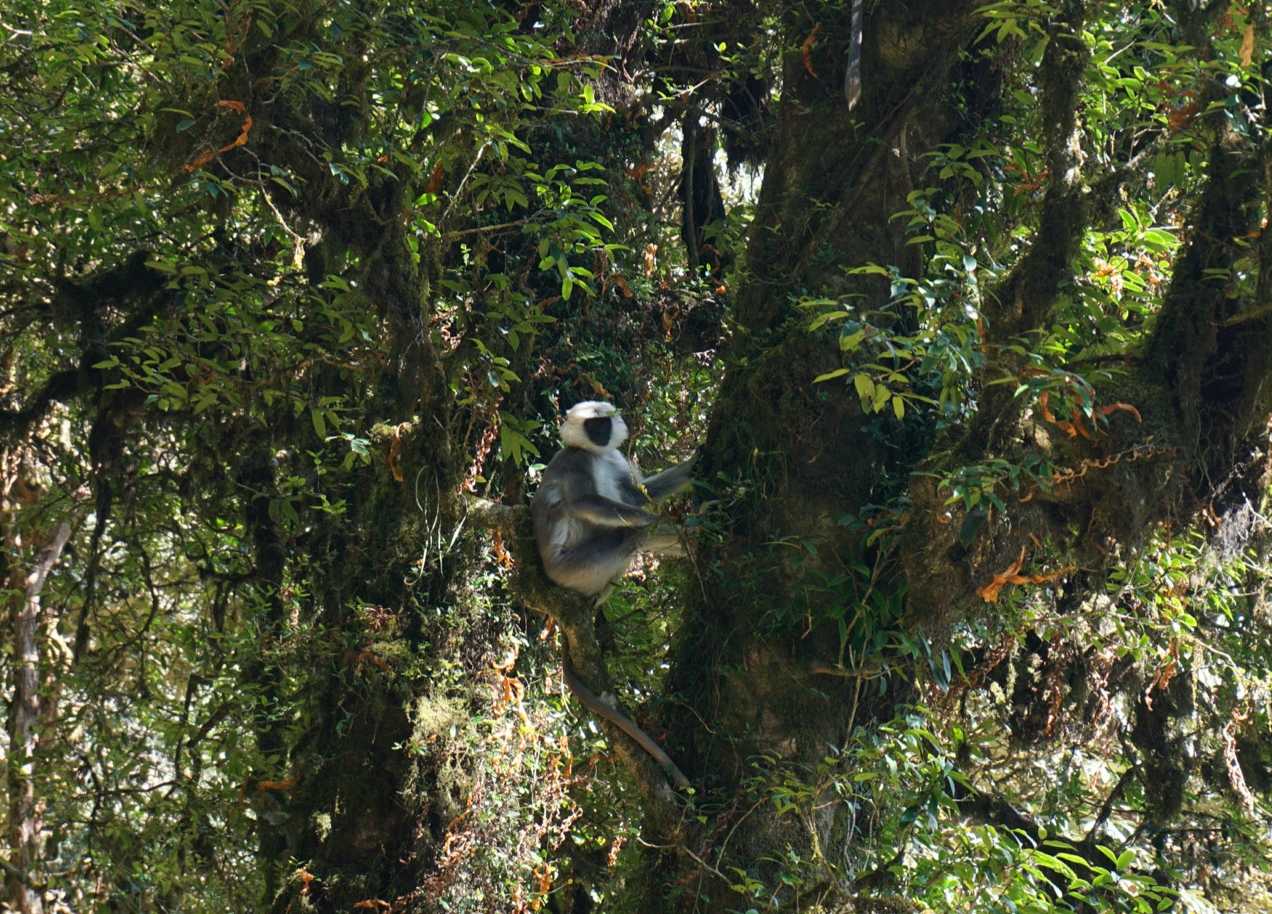
While walking from Tadapani to Ghandruk, I was startled by a loud ‘growl’ that came from the valley. More and more birds then made a lot of noise and flew away. I must honestly tell you that I found that moment very scary! I know that there may be bears and tigers in the area, but maybe it was just an angry buffalo or some other harmless animal. Probably I’ll never find out what it was, but it certainly felt adventurous!
Guesthouse tip: Ghandruk Guesthouse (300 rs for a basic room, hot water, Wi-Fi, dinner and breakfast there).
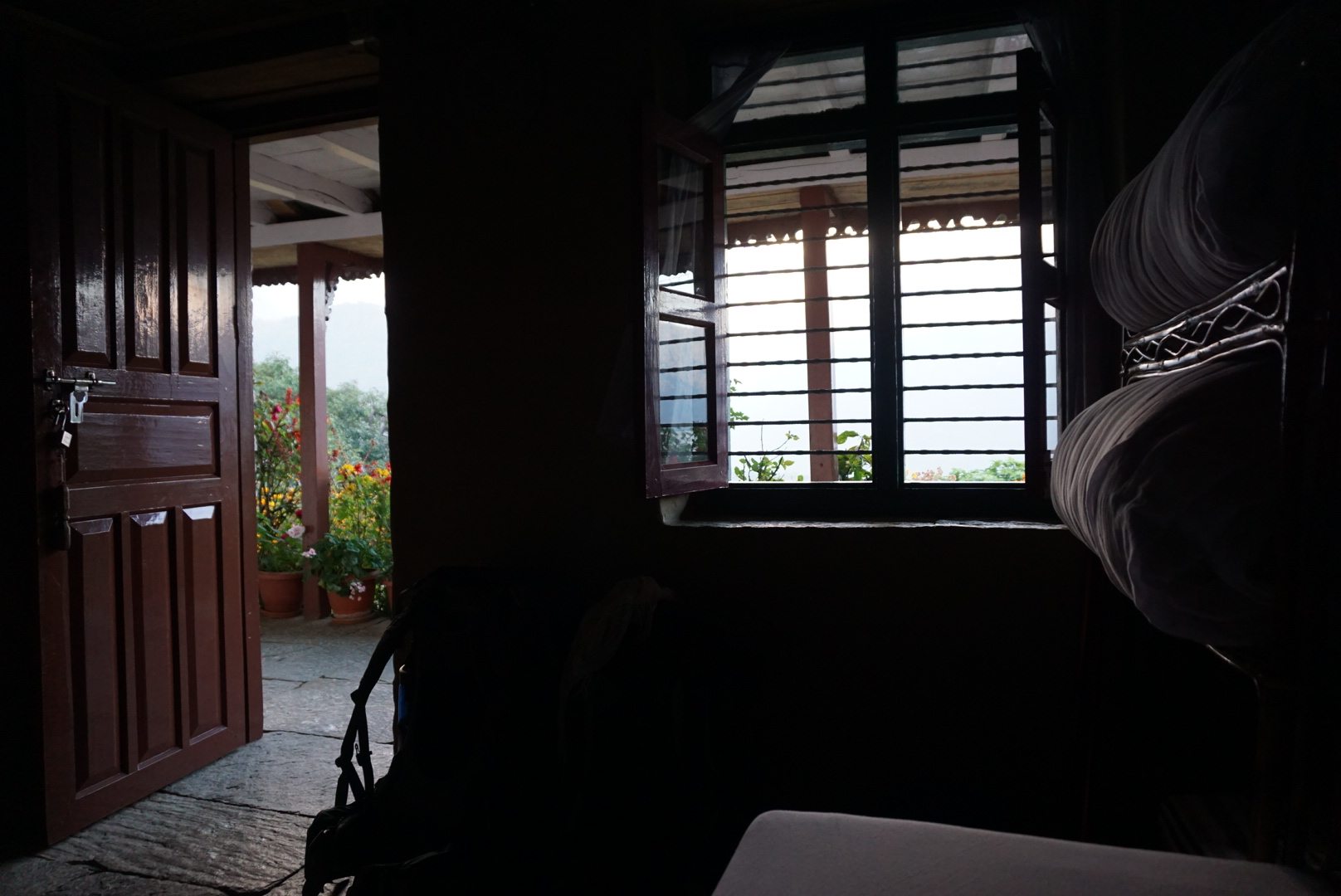
Day 4 (Ghandruk – Nayapul)
Distance: 12 km.
Duration: 3.5 to 4 hours incl. breaks.
Actually, the Poon Hill hike ends in Ghandruk. From this place you can take a bus to Pokhara. I heard from other hikers and locals that this route is quite dangerous. The bus drives on a sandy road along the valley. And don’t think that they have guardrails or something like that. Oh well, I still wanted to walk a bit and decided to stop somewhere on the way to Nayapul and Pokhara. The route from Ghandruk to Nayapul is about 12 km and largely via the road, with an occasional shortcut through the villages. On the way I walked through very cute villages, along rice terraces and the river.
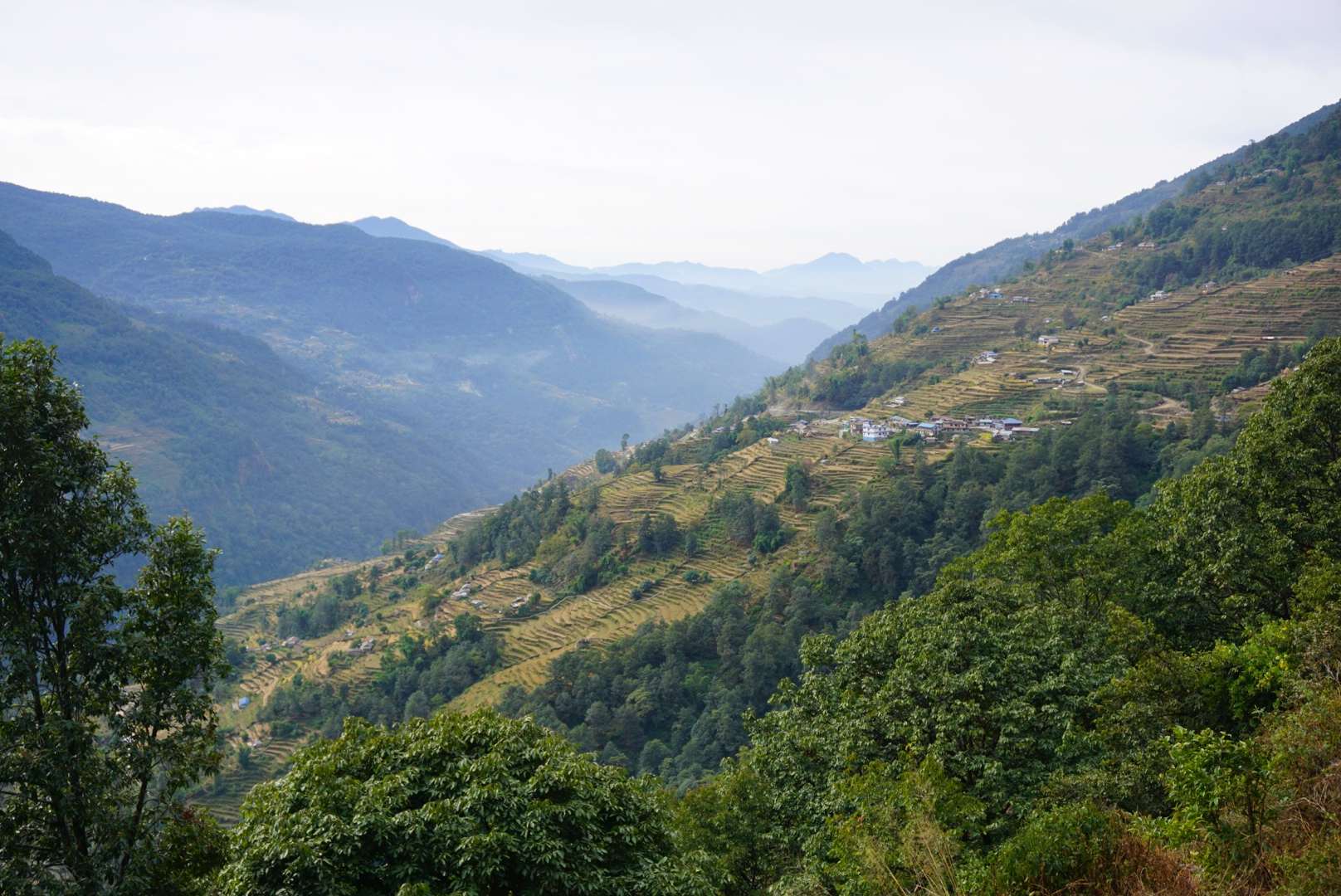
After about 3.5 hours of walking, when I was almost at Nayapul, I finally managed to catch a bus. It was so full that I no longer knew where to stand with my backpack. But before I knew it, my backpack was crammed among the people and I was on the last step with three others next to the open door in a moving bus. Fairly exciting if you’re driving on a very bumpy road and you can only hold with one hand (a few fingers to be honest). Fortunately, the ride took no more than 10 minutes to Nayapul where many people got out and I was able to get a seat.
Combining Poon Hill with Mardi Himal
Did you know that the Poon Hill trekking is easy to combine with other treks, including the Mardi Himal. Ghandruk is the end of the Poon Hill trekking and the start of the Mardi Himal. The rest of the route goes as follows:
Ghandruk – Landruk (3.7 km)
Landruk – Forrest Camp (3.5 km)
Forrest Camp – Low Camp (3.3 km)
Low Camp – High Camp (4.2 km)
High Camp – Mardi Himal Base Camp (5.6 km x2)
High Camp – Low Camp – Siding/bus (8.3 km)
Guesthouses and restaurants
Everywhere on the route you will find enough guesthouses, restaurants and rest areas. The guesthouses offer very cheap or even a free stay when you dine there and have breakfast. A very good deal if you ask me, because the food is often very good! Or I just got lucky three times. Negotiating the price for the night is also common.
The restaurants serve both Nepalese and Western food and often have the same menus. Dal Bhat is a well-known Nepalese dish and is on almost every menu. “Dal Bhat power 24 hour” as the famous saying goes. But pasta and pizza are also on the menus.
The higher you get, the more expensive the food, accommodation and other things become. At one point I paid 300 rs for a toilet roll (about € 2.40)!
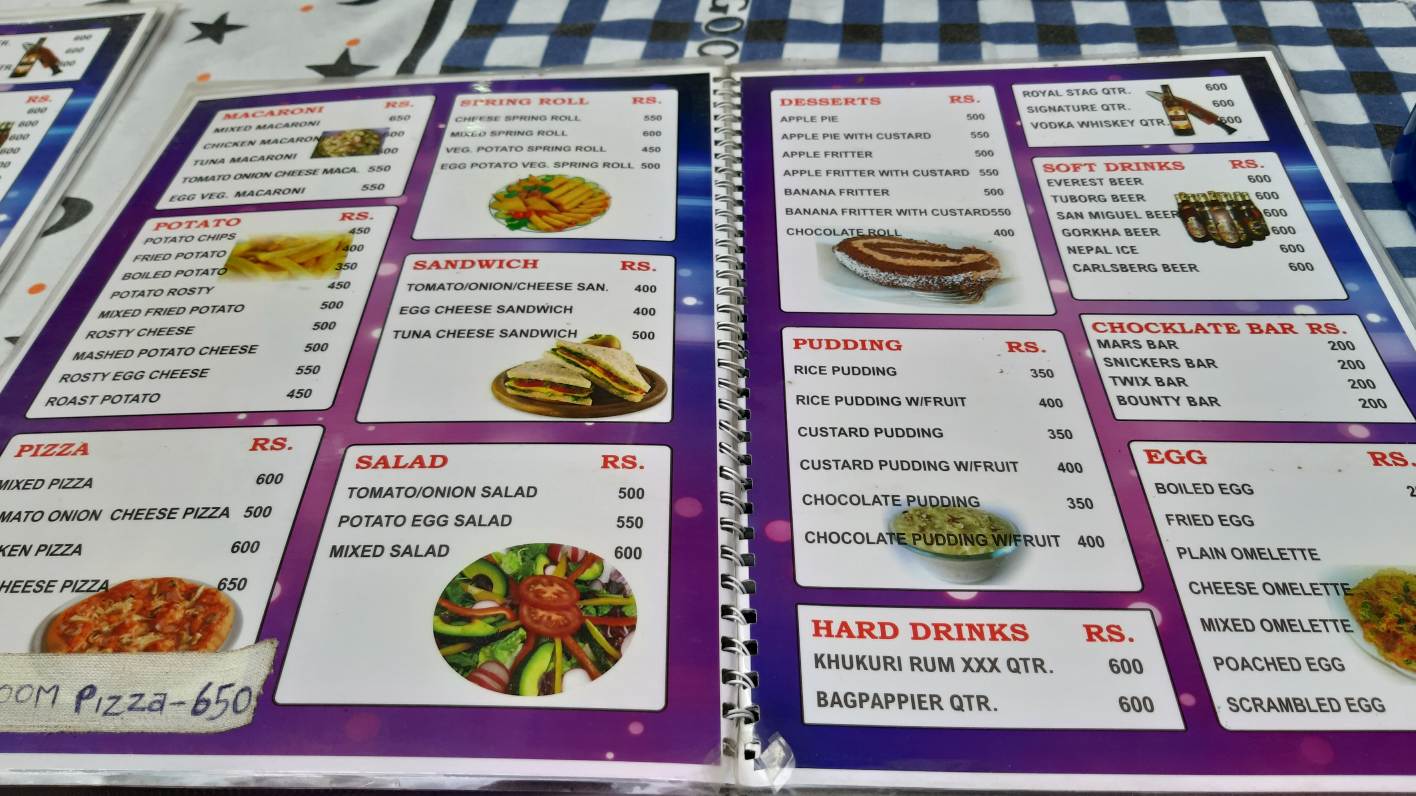
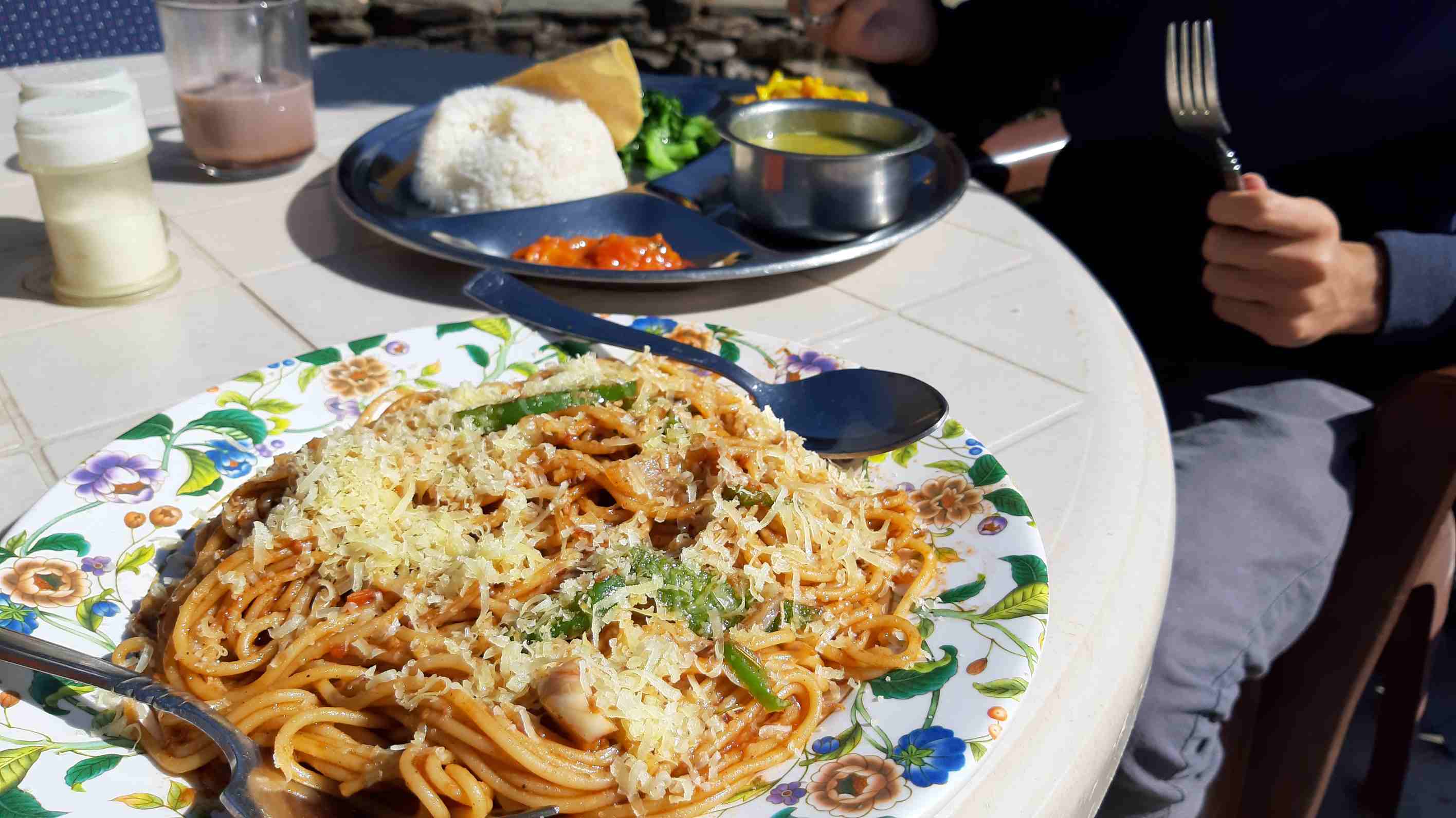
Poon Hill trekking alone or with a guide?
The route of the Poon Hill trekking is very clearly marked and you cannot get lost. Certainly not if you use the Maps.me app. It contains the entire route in detail and also provided me with an extra dose of motivation because I knew what was in store for me.
This trekking is therefore easy to do independently and this can also be nice. You determine your own pace and are completely independent. Did you know that altitude sickness occurs faster during organized tours, although with the Poon Hill trekking that may not happen so quickly. Together with another traveler is fun, but not necessary.
Of course you could also do the Poon Hill trekking with a guide, with a porter or with both. A guide costs an average of $ 25 a day and a porter $ 20 a day. While walking I encountered many porters who carried an incredible amount of luggage. Many of them even walked on slippers or crocs! Many of these men are already quite old and work under almost inhumane conditions. But if you hire a porter, you really support the locals with it.
What to arrange?
Before you can start trekking in the Annapurna Sanctuary, you must arrange a TIMS (Trekkers’ Information Management Systems) and a Permit at the Tourist Police Office and Permit Office in Pokhara. A TIMS costs 2000 rs and a Permit 3000 rs per person if you do the trekking alone. If you go with a guide or porter, the TIMS costs 1000 rs.
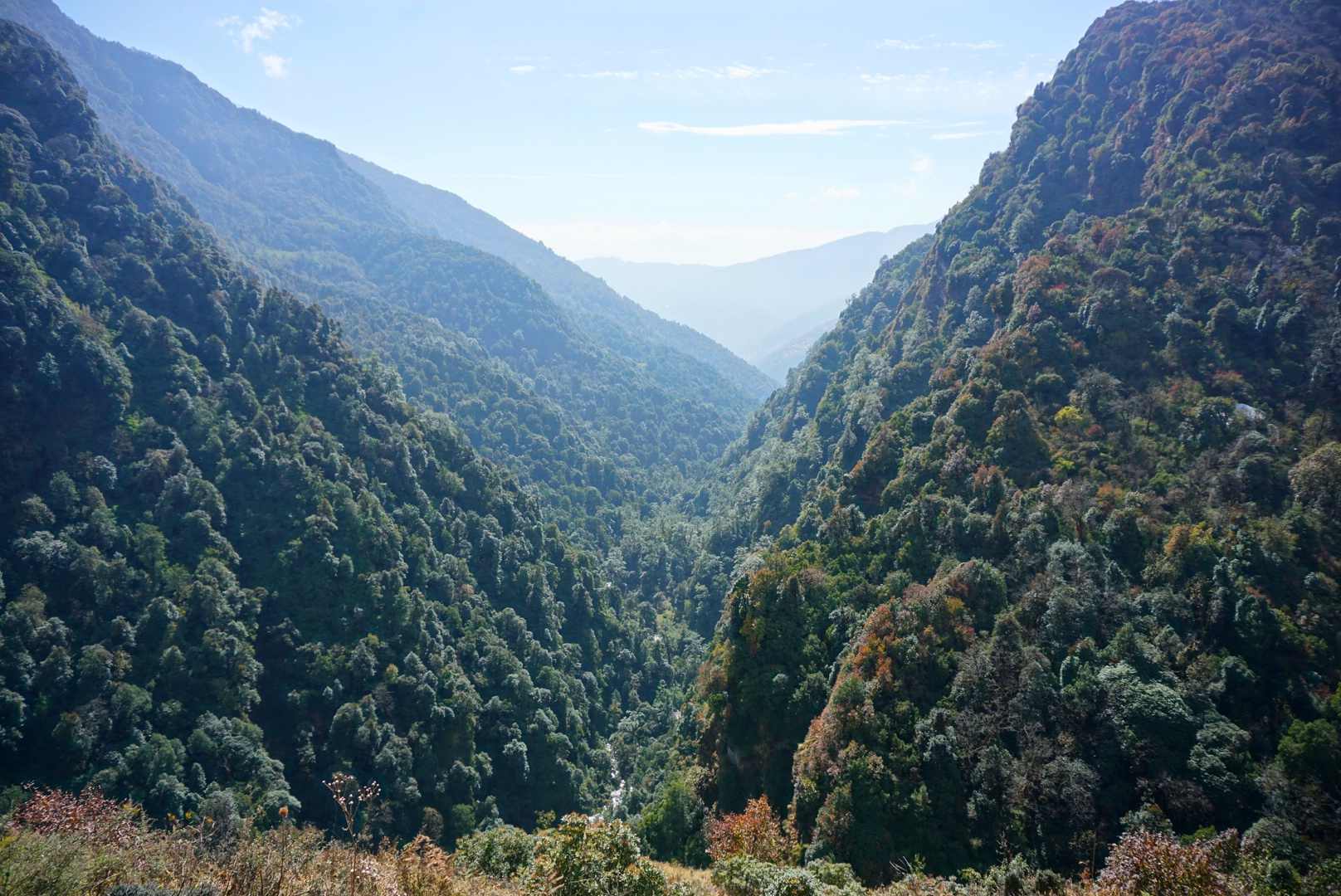
Best travel time Poon Hill trekking
The best travel time for the Poon Hill trekking is between September – November and between March – May. I traveled in late November and had great weather. But the year before, winter started a lot earlier, making it much colder.
What to bring?
I thought it was quite a bit of a puzzle to find out what stuff I had to bring. I was not sure if I could quickly wash my clothes at the guesthouses, or if this would not dry. In the end it turned out that I could wash my clothes and hang them by the stove in the evening to dry. That same evening everything was dry again. If there is no stove or no place to hang your clothes by a stove, skip the washing. Small chance that your clothes will dry.
What I would recommend you to bring is:
- 1 pair of sturdy walking shoes with enough grip,
- 1 warm hiking pants,
- 2-3 shirts,
- everyday underwear,
- everyday socks,
- 1 vest,
- 1 long sleeve shirt,
- in the cold months a winter coat, sleeping bag, hat, gloves and scarf.
- hiking sticks,
- poncho,
- microfiber towel,
- shower slippers,
- toilet paper,
- head lamp,
- sunglasses,
- sunscreen,
- card game,
- snacks (such as Snickers and biscuits),
- teabags,
- water purification tablets or a LifeStraw (highly recommended!),
- enough money (no ATM’s on the way),
- power bank (you can not always easily charge).
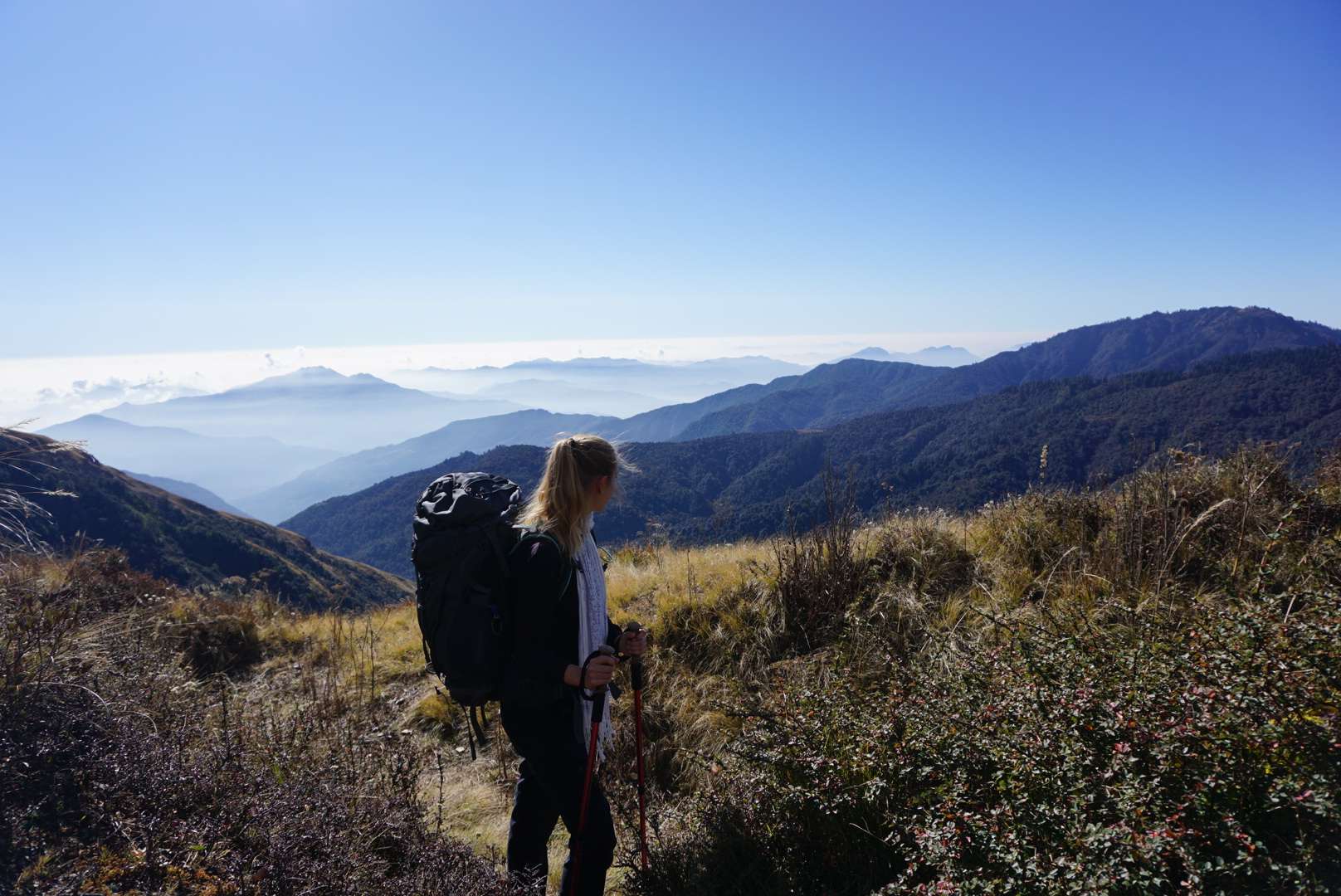
Price of trekkinggear
Before visiting Nepal, I traveled to Singapore, Indonesia, Malaysia and Myanmar. So I didn’t bring really warm clothes. Fortunately, you can buy cheap trekking gear anywhere in Kathmandu and Pokhara. I got the tip from my hostel to haggle 50% depending on the quality.
Average prices are around 300 rs for gloves, 200 rs for hiking socks, 1000 rs for a thick jacket, 1000 – 2000 rs for thick pants. It is advisable to rent a winter coat and a sleeping bag if you no longer expect to use it. You then pay about 100-150 rs per day for renting a jacket and 100 rs per day for a sleeping bag.


